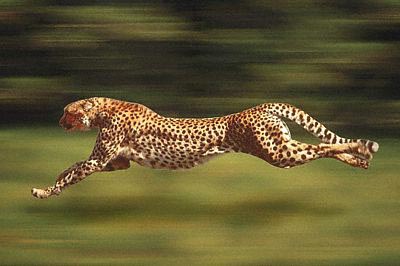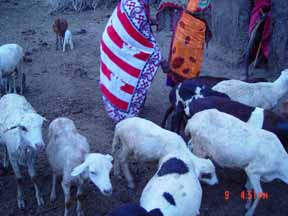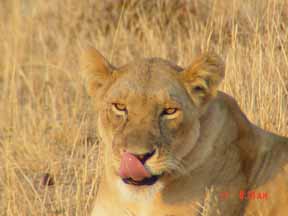 ONE BIOSPHERE
ONE BIOSPHERE 
| |
|
|||


ENVIRONMENTAL FORUM
OUR STORY
One
Biosphere is an alliance of people and organizations who are united to
preserve the quality of our global environment through our forum and
publications, education, advocacy, research and communications among
our members and partners.
Struggle for Biodiversity in Kenya and Tanzania


The country ranges from savanna, open grassland with scattered bushes or trees, mainly acacia, vast spaces interspersed with cattle, sheep and goats grazing together with gazelle, wildebeests and zebra. In some areas near Narok, there are corn and maize fields.
The annual per capita income among the Masai is below the national average of $300. They are tribal herdsmen for whom cattle are an economic and social necessity. However, due to the difficulties in their herding lifestyle, more Masai are moving away from their old customs and becoming land owners.
The wide-ranging, ancestral lands of the Masai once stretched from west of Nairobi to the Ngorongoro Crater. Their territories have been eroded because of the introduction of national borders and nature reserves. Sadly, their traditional hunting activities are disallowed in the Ngorongoro reserve, the Serengeti National Park in Tanzania, the Tsavo National Park and the Masai Mara national reserve in Kenya.
The Masai Mara National Reserve that is owned by the government is Kenya's most important tourist attraction. The surrounding areas are divided into Masai farms. County Councils manage the reserve and gain the largest proportion of the entrance fees. Tourism is the only permitted activity in the Masai Mara and generates $20 million per year. The Masai farmers also earn significant income from the Reserve in addition to their income from farming and stock breeding. However, the difficulty is that the farms receive only 8% of the net profits from these activities. Most of the profits are derived from cattle and the balance is fairly evenly split from crop land and from tourism.
The Masai cattle sell directly to buyers. However, the majority of the tourist revenue is received by tour operators, safari firms, owners of hotels, lodges and camps, and charter companies, not by the Masai. Also, the bulk of farming profits are taken by businessmen outside the area who lease the land to the Masai. The Kenya Wildlife Service manages the national parks but not the nature reserves and the wildlife. It provides supervision in the nature reserves.
Only a small proportion of the financial benefits of the tourism and wildlife are retained by local communities and the local citizenry. The Masai assert that they do not benefit from the wildlife on their land. Because of a rapidly population expansion, land-use change has been accelerating. Since rainfall is moderately and the soils are fertile, certain areas offer agricultural potential. Non-Masai have developed large-scale wheat, maize, barley, soy bean and sorghum farms on leased land or on smaller plots that have been purchased. The farms are starting to encroach upon the reserve boundary.
The development of a master plan for the Masai Mara and the issue of land management are the key priorities. In the past decade, the amount of cultivated land has increased enormously. There has been a decline in tourism and investors seek short term profits and do not make long term commitments to the land.
Tanzania Biodiversity Challenges
Tanzania is rich in biodiversity and has an abundance of large mammal species in East Africa, in second place after the Serengeti-Maya ecosystem. In addition to the ecological importance of the area, the Tarangire - Manyara National Parks constitute the cornerstone of the rapidly growing tourism industry in Tanzania.
Despite the ecological and economic value of the Tanrangire - Manyara National Parks, there has been growing tension between wildlife management and local Masai pastoralists. As nomadic pastoralists for many generations, the Masai livestyle depends on access to large open grazing land. Increasing privatization of land has placed limits on mobility so that there has been a rapid shift toward agricultural production.
The substantial revenue generated from the National Parks has not had a significant effect on poverty reduction or local sustainability initiatives. As a result, the local Masai have been forced to adopt unsustainable natural resource practices by converting key animal migratory routes into agricultural land and poaching for revenue and to protect their crops. The conservation policies are heavily oriented toward wildlife preservation had lead to increasing conflicts.
In Tanzania, which has a background of socialism, land is held in trust by the government and communities, businesses and individuals are granted occupancy rights for a term of 99 years. In 2003, regulations were established that support the creation of Wildlife Management Areas which offers support for local communities to reap the benefits of wildlife revenue in their area.
Summary
The region encompassing Kenya and Tanzania is in desperate need of integrated land-use planning to solve the serious social, cultural, economic, wildlife and conservation problems that are engulfing the region, including sensitive ecosystems such as the Masai Mara. The ecosystems in the Serengeti-Mara has been the focus of substantial biological research. The revenues generated in both countries from the wildlife and the structures of National Reserves, National Parks and Wildlife Management Areas have not had a significant effect on poverty reduction or local sustainability initiatives in the region.
Because grassland and wildlife habitats have been vanishing at an accelerated pace in Kenya and Tanzania and land use conflicts are widespread, the biological research needs to be translated into community based land use planning that can be implemented expeditiously.

CONTACT US:

![]() Our Email: one@onebiosphere.com
Our Email: one@onebiosphere.com